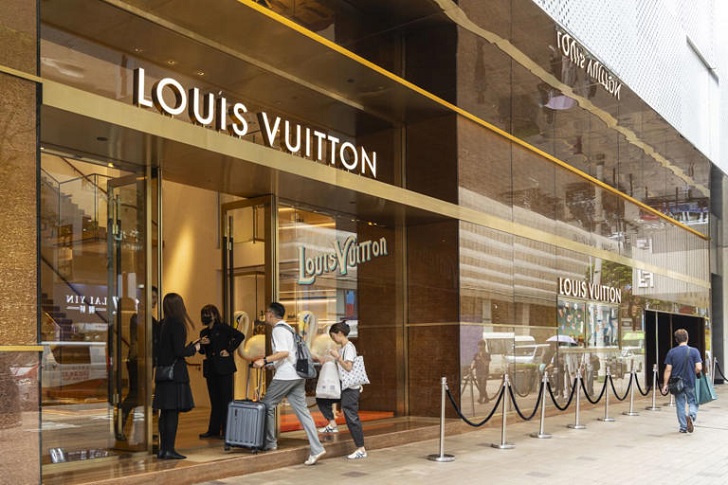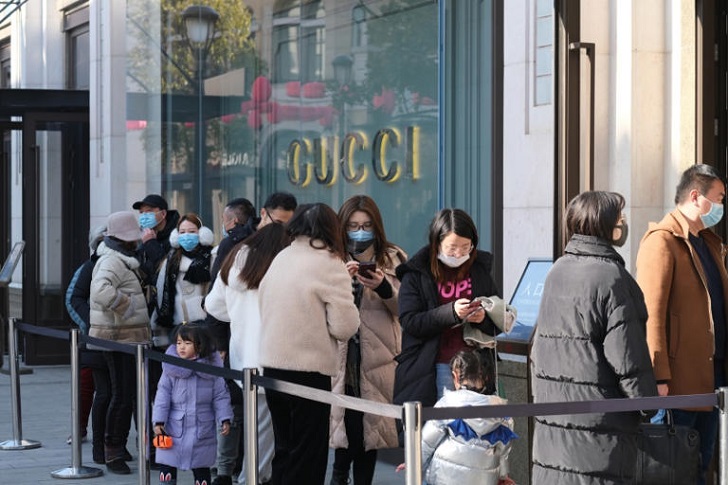The luxury sector faces increasing challenges, with key investor concerns influencing its performance. Over the past two decades, the luxury sector has thrived, primarily due to surging demand from Chinese consumers. However, shifting market dynamics, regional disparities, and pricing strategies have sparked widespread debates among investors.
The Role of Chinese Consumers in the Luxury Sector
Chinese consumers have historically been a driving force in the luxury sector, representing around 33% of total sales in 2019. However, recent shifts in demand have left investors questioning the long-term outlook for this vital market. Since the pandemic, luxury sales from Chinese consumers have decelerated, creating a significant impact on growth projections.
For instance, during the first half of 2024, LVMH experienced a notable decline in its Fashion and Leather Goods division. Growth dropped from 9% in the first quarter to 6% in the second. This slowdown has raised concerns about a potential structural shift in Chinese demand.
Some investors argue that China’s aging population and negative wealth effects may result in long-term reductions in luxury spending. On the other hand, others believe that once economic conditions stabilize, Chinese consumers will return to their previous purchasing patterns, driven by high savings and a desire for social status through luxury goods.

Pricing Strategies and the Middle-Income Consumer
Another pressing concern among investors is the pricing strategy adopted by luxury brands. As prices continue to rise for entry-level products and leather goods, middle-income consumers are being pushed out of the luxury market. This segment has traditionally played a vital role in the growth of the industry, but its diminishing presence could alter the future landscape of luxury sales.
Some investors worry that brands will focus solely on ultra-wealthy customers, shrinking their overall market. Conversely, others suggest that luxury companies may adapt by introducing more accessible products to appeal to aspirational consumers. Striking the right balance between pricing and volume growth will be crucial for maintaining long-term success.
U.S. Consumer Behavior: A Disconnect Between Wealth and Spending
In the United States, an unusual disconnect has emerged between household wealth and luxury spending. Traditionally, luxury purchases tracked closely with household wealth, especially when stock markets performed well. Yet, despite U.S. household net worth reaching near-record levels, luxury spending has failed to recover in line with expectations.
Wealth gains have been concentrated among older generations, particularly Baby Boomers, while younger consumers have experienced less financial growth. This generational gap in wealth distribution has left investors questioning whether U.S. luxury spending will rebound. Some believe that the delayed effects of wealth increases will eventually drive luxury purchases, while others remain skeptical of a swift recovery.
Slower Growth After the Pandemic Boom
Following the pandemic, the luxury sector experienced an unprecedented boom, with growth averaging 11.5% from 2019 to 2023. This impressive expansion nearly doubled the historical rate, driven by pent-up demand and a surge in consumer spending on luxury items. However, many investors now debate whether the luxury market has entered a “digestion phase.”
During this phase, growth slows as consumers cut back after making significant post-pandemic luxury purchases. Some believe the slowdown will be brief, followed by a return to strong growth, while others argue that it may take up to three years for the market to recover from the pandemic surge fully.

| Luxury brands enjoyed expanded margins during the post-pandemic recovery.
Margins Under Pressure
Luxury brands enjoyed expanded margins during the post-pandemic recovery. Companies like Hermès and LVMH saw their operating margins grow sharply due to robust sales. However, as sales slow and operating costs rise due to inflation and increased hiring, concerns have mounted over potential margin compression.
Investors now face the challenge of evaluating whether these companies can sustain their impressive margins. Rising expenses, combined with decelerating sales, could lead to lower profitability for brands that thrived during the recovery period.





